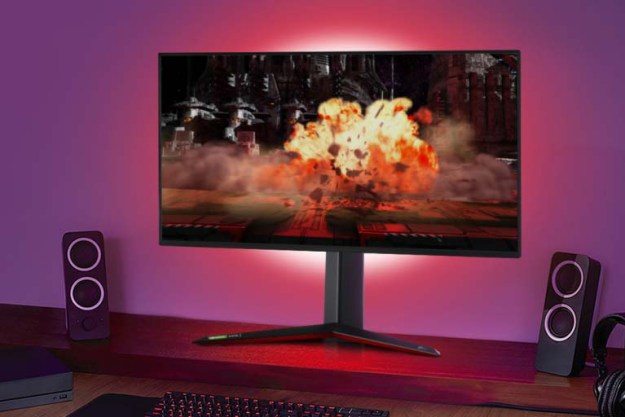A survey conducted in January by Harris Interactive is sure to enliven the debate about whether video games are (or are not) a negative influence on young people. Harris Interactive’s poll finds that 8.5 percent of video game players between the ages of 8 and 18 can be categorized as pathologically or clinically “addicted” to playing video games. Gamers who were classified as pathologically addicted to playing video games were found to be getting lower grades in school than their peers; 65 percent of them had video game system in their bedrooms, were averaging 24.5 hours a week playing video games, and were more likely to have been diagnosed with an attention deficit problem.
“It is important that people realize that playing a lot is not the same thing as pathological play. For something to be an addiction, it has to mean more than you do it a lot. It has to mean that you do it in such a way that it damages your life,” said Dr. Douglas Gentile, Director of the Media Research Lab at Iowa State University and the director of research for the National Institute on Media and the Family. “This is why we based our definition on how pathological gambling is diagnosed in the DSM-IV. Almost one out of every ten youth gamers show enough symptoms of damage to their school, family, and psychological functioning to merit serious concern.”
The Harris Interactive survey found that 23 percent of young gamers said they have felt “addicted to video games—and those numbers were strongly broken between male and female respondents, with only 13 percent of young female gamers reporting feelings of addiction, compared to 31 percent of young male gamers. Nearly 8 in 10 young Americans—and 94 percent of all boys—reported playing video games at least once per month, and 44 percent of youth said their friends are addicted to games.
“The prevalence of video gaming in youth culture in combination with this level of pathological video gaming is great cause for concern and highlights the need for further research in this arena,” said Dr. Suzanne Martin, Youth and Education Researcher at Harris Interactive, in a statement.
The study also found age is related to gaming habits: gamers between the ages of 9 and 12 play an average of 13 hours of video games a week, while 13 to 18 year olds play an average of 14 hours. Again, girls seem to sink less time into video games than boys, with teen girls actually spending less time playing video games, on average, then their younger counterparts.
The Harris Interactive survey polled 1,178 U.S. youths online between January 17 to 23, 2007; Harris Interactive (wisely) declines to give a margin of error for its numbers, pointing out many factors in which could influence the results of the online survey cannot be meaningfully estimated.
Editors' Recommendations
- 10 best gaming monitors of 2024: tested and reviewed
- How an underdog Street Fighter 6 player beat the odds to win $1 million
- You can only play one of 2024’s best games on a tiny, 1-bit screen
- This bundle deal saves you $1,000 on an Alienware PC and monitor
- All 10 free Light Cones in Honkai: Star Rail and where to find them


